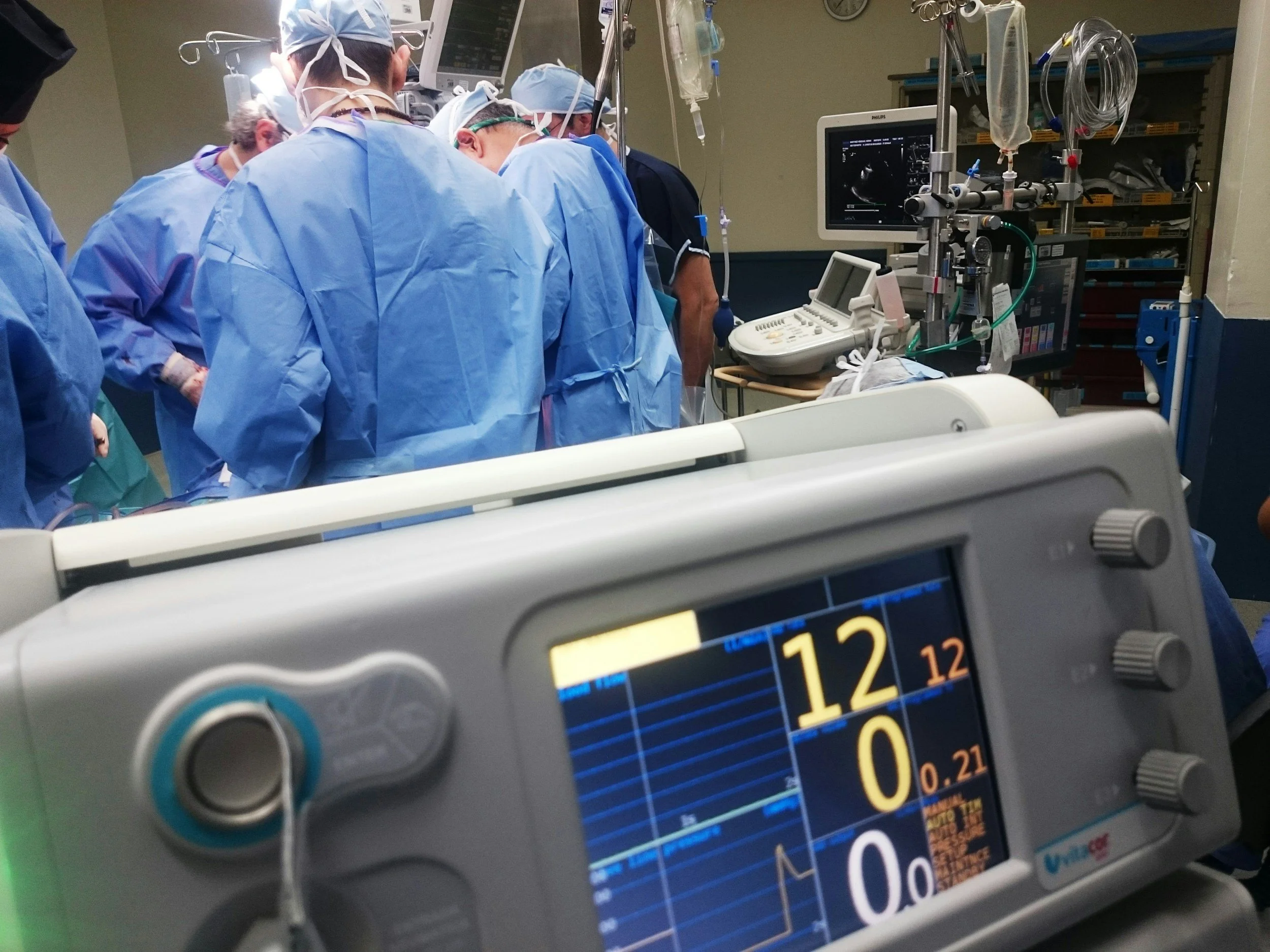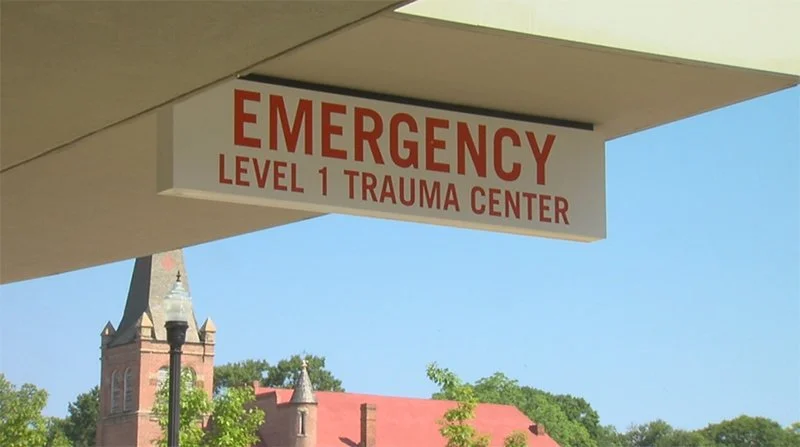Trauma Center Consulting Services
-

Trauma System Development
Does your region or state need to evaluate current and future trauma capacity? We can assess current volume, forecast future growth, and determine if your trauma system is ready.
-

Trauma Center Feasibility
Want to determine if it is feasible for your hospital to develop a new trauma program? A feasibility analysis will examine the trauma market, staffing gaps, and operational readiness.
-

Trauma Center Development
Want to develop a new trauma program at your hospital? We can partner with you throughout the process, taking it from a vision to an accredited trauma center.
-

ACS and State Survey Preparation
Preparing for your ACS verification or consultative survey? We can help you develop a plan to demonstrate compliance, address deficiencies, and prep your team for success.
-

Trauma Center Upgrade
Ready to move your trauma program to a higher level? Let us help you identify and meet the additional requirements and get verified/accredited as an upgraded trauma program.
-

Trauma Center Downgrade
Facing the difficult decision of whether to downgrade the level of your trauma program? We can come alongside you to asses the pros and cons and implement the change.
-

Level I Trauma Research Program
Struggling to build or maintain a Level I trauma research program? We can help you plan, organize, and maintain a continuous cycle of research production.
-

Trauma Center Finance Assessment
Unsure if your trauma program is financially stable or losing money? Let us perform a financial assessment and suggest a plan for trauma program financial optimization.
-

Trauma Charge Assessment
Need help determining if trauma charges are being utilized to their full capacity? We can build collaboration to ensure trauma charges are documented and collected.
-

Geriatric Fracture Program
Need to improve care and costs for geriatric trauma patients? Our team of experts can help you build a Geriatric Fracture Program to protocolize care and improve outcomes.
-

Trauma and Acute Care Surgery Solutions
Want to ensure maximum productivity and balanced workload for your Trauma and Acute Care Surgery team? We can help assess and improve staffing metrics.
-

Medical Staff Solutions
Struggling to meet medical staff requirements for trauma or assess the impact of trauma on your medical staff? Partner with us to quantify volumes and identify staffing options.
